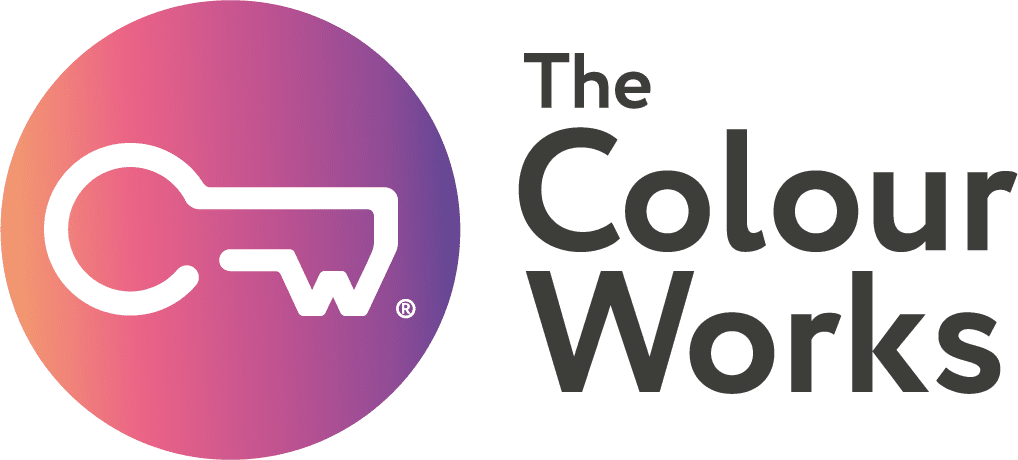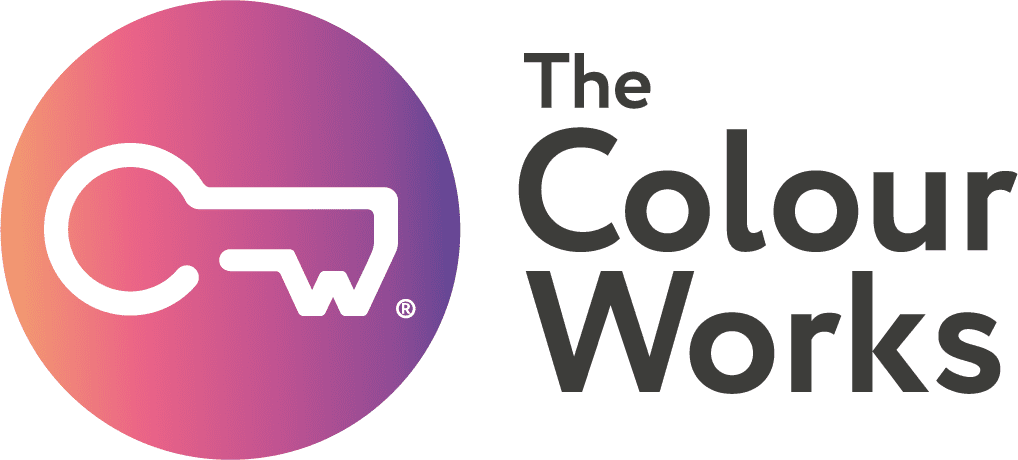Getting the most from your Colour Works relationship
One of the great things about the colour model is undoubtedly the fact that it’s easy to understand and to remember. Many of our clients report back, even months after a Colour Works intervention, that their people are still “talking colours”. We are always delighted by this as it implies that behaviours – how we all impact on one another – have remained high on the workplace agenda, that people are being both more aware of and more tolerant of different behavioural preferences and that they are therefore taking care a) not to upset their colleagues and, hopefully, b) to get the best out of both themselves and others.
Given how so few of the valuable lessons learned through training ever make it back into the workplace as we go straight back into “doing the day job” – after all, we are stubborn creatures of habit and changing the way we do things is just plain hard – getting to practically apply the learning as soon as possible after some training intervention is vital. We make reference to the 48-hour window of opportunity – do something, anything, slightly differently within this timeframe after a workshop and it has a chance of sticking. This may be as simple as reacting differently to your “difficult person” or changing your morning routine.
So, the colour model’s “memorability” and “usability” are critical elements in ensuring any lessons learned have a chance of being implemented. The Colour Works Desk-Top Bricks and Team Wheel Wall Chart (have you got yours yet?!) are both designed to keep the learning at the forefront of people’s minds, but what else can you do to keep the momentum going?
Here are a few suggestions:
Use your profile
a) Individually – re-read your profile from time to time if only to remind you of why something has just gone wrong! But also, how are you dealing with your Blind Spots? What are you doing about your Suggestions for Development? How are you making it known what motivates you and how you like to be communicated with? Have you used any of the strategies aimed at dealing with your Opposite Type?
b) In the team – make a 15-minute slot in every team meeting to take a page from the profile and start sharing, digging, challenging, supporting. It is understandable that nearly all of team meeting agendas are taken up by operations – that is what our performance is measured by – but we also now know how our individual and team performance is underpinned by our emotional intelligence, our ability to get the best out of ourselves and others. We are all affected on a daily basis by the quality of our working relationships.
So, make a little time to invest in them – there’s no substitute for talking to find better ways of working.
Find a buddy
With changing the way we do things being such a tough nut to crack, it’s good to have a Buddy for both support and challenge.
a) Decide which area of your performance you’d most like to work on
b) Break it down into something tangible, actionable and measurable
c) Share your plan with your Buddy
d) Agree together what support you’ll need and how they will hold you accountable
e) Return the favour
Develop a coaching-style buddy relationship
It may well be that your issue – with your own behaviour or someone else’s – feels insurmountable. Either you don’t know where to start or everything you try seems to bring you back to the same place. In these instances, it’s perfectly natural to seek advice on what to do next, but the nature of a “coaching conversation” is that the more you come up with your own solution, the more likely it is that you will emotionally buy into it and therefore actually follow through on it.
Coaching is definitely an art as well as a skill and some people will find it easier to adopt good coaching practices than others, but there is plenty of evidence to suggest that the resulting improvements in individual and team performance are worth the effort.
The Colour Works’ qualified coaches run 1-day programmes to help clients develop their coaching skills.
Engage The Colour Works again:
- in a Team Coaching “Accountability” Workshop – have people followed through on what they said they were going to do following the last Colour Workshop? If so, how have things improved? What have been the benefits? Where might further improvements be found? If not, what has prevented them happening? How might these barriers be overcome?
- in a Team Performance Workshop– being able to measure performance improvements – and there’s plenty more than just your KPIs, what about the levels of trust, innovation, decision-making and review? – is vital for giving a sense of progress and achievement. Our Team Performance Indicator (see article in this newsletter) is a perfect way of doing so whilst highlighting those areas of team-working most in need of attention.
- in one-to-one Performance Coaching to assist people in setting performance-improvement goals and keeping to them, or talk to us about embedding “a coaching culture” in your team and/or organisation
Click here to contact us and get in touch.







